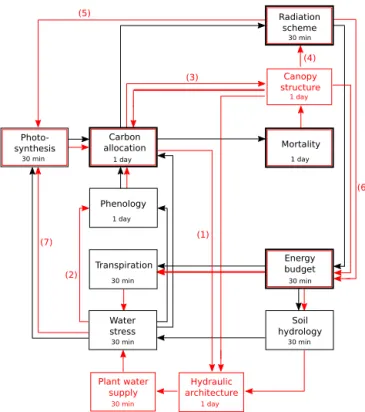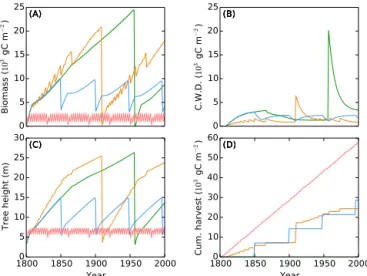A vertically discretised canopy description for ORCHIDEE (SVN r2290) and the modifications to the energy, water and carbon fluxes
Texte intégral
Figure




Documents relatifs
Objectives Methods Results Conclusions 0 CHRYSOBALANACEAE Licania alba Licania membranacea LECYTHIDACEAE Eschweilera sagotiana Lecythis persistens CAESALPINIACEAE.. Objectives
Thomson ’s assumptions of creative resistance by the poor in the face of strong state coercion might have been nuanced further by shedding more light on the role of local of ficials,
Dans une perspective « responsable » de travail, diverses données ont été collectées (démographie, implication des étudiants, mesure de la réussite institutionnelle
Rotational spectroscopic study of S-methyl thioformate: A global laboratory analysis of ground and excited torsional states up to 660 GHz... Jabri
Une fois les micro-organismes établis dans la phyllosphère, des interactions complexes se développent entre les bactéries, les champignons, les macroorganismes
To quantify the effects of rainforest to oil palm conversion on carbon, water and energy fluxes, a new plant functional type (PFT) and special multilayer structure are
In this study, we present the development of a multilayer peat hydrology and carbon model in the Organising Carbon and Hydrology In Dynamic Ecosystems (ORCHIDEE) land surface
The model performances against datasets being documented in previous sections, we focus here on key mechanisms ex- pected from a “high-latitude” model: (1) the conversion of winter


